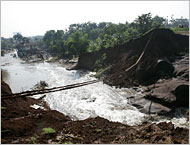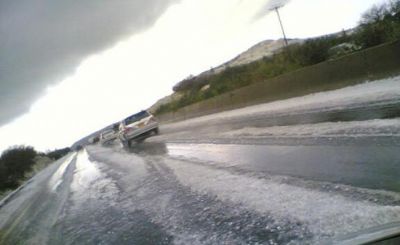
© Nicholas MakrisA vast shoal of fish – creating one of the largest massings of animals on the planet – can be seen forming and then dissipating in these time lapse images taken by Oceanic Acoustic Waveguide Remote Sensing.
When Atlantic herring get together, they don't mess around with small gatherings. Using a new ocean imaging technology, scientists have found that the fish form "mega-shoals" of hundreds of millions of fish, covering dozens of square kilometres.
Such observations could help conserve dwindling fish stocks, says Nicholas Makris, an oceanographer at MIT, who led the study.
"If we see what's in the ocean we'll be more mindful of conserving it," he says.
The technology - called ocean acoustic waveguide remote sensing (OAWRS) - has also helped researchers confirm theoretical predictions as to why and how so many animals get together and act as one.
"I don't know anything that's close to this scale," says Iain Couzin, a biologist at Princeton University in New Jersey, who was not involved in the study.






